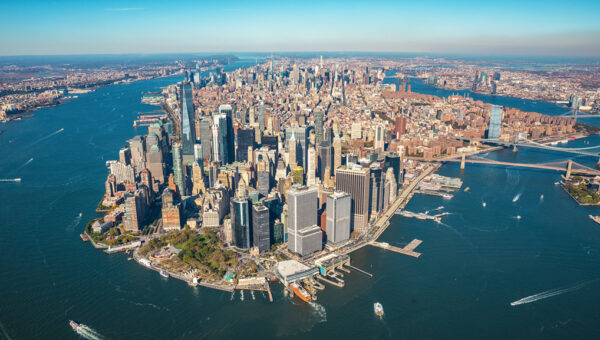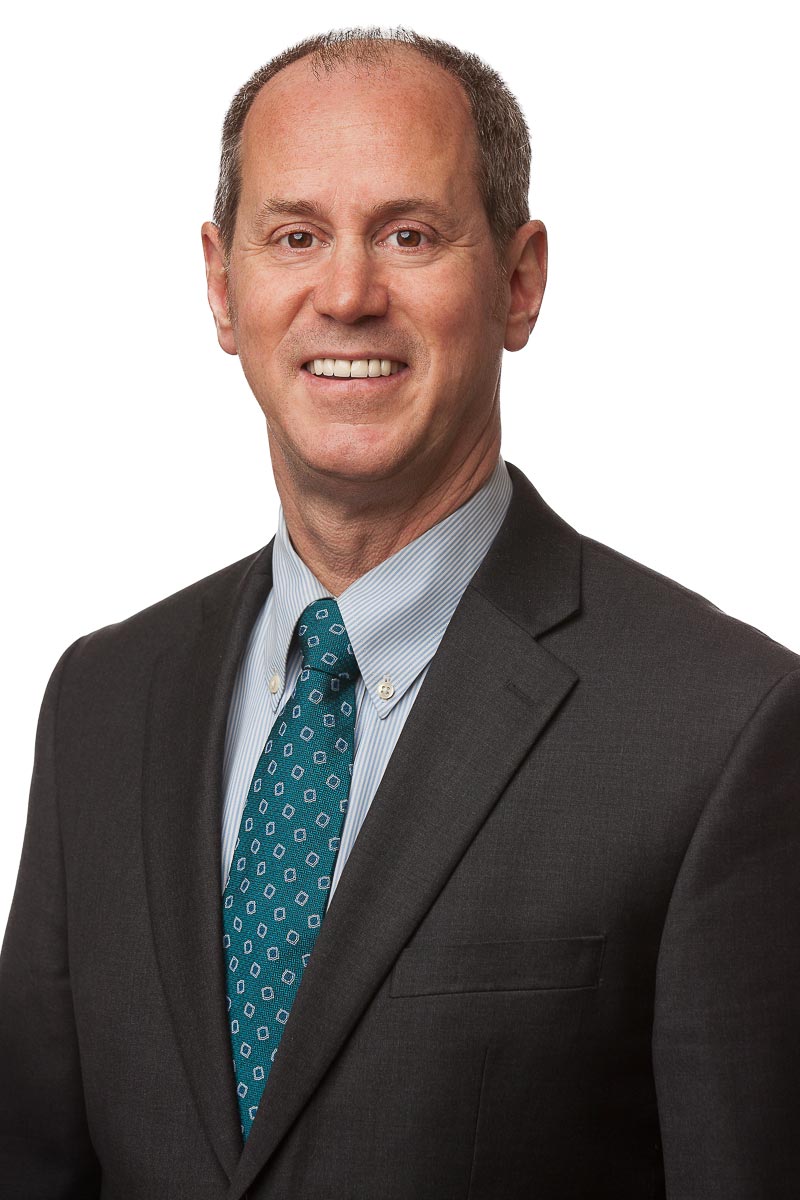
Looking Ahead: 2019 Through a Climate and Energy Lens

Written by Rich Kassel, Executive Vice President, Capalino
Amidst all of the year-end stories about the border wall, the Mueller investigation, and the stock market, a number of environmental stories made the case for climate change being the story of the year, thanks in part to another year of high global greenhouse emissions, an increasing number of extreme weather events, and a growing awareness of climate change’s potential impact on our future economic well-being.
(Here’s a summary: 2018 will likely be the 4th hottest on record, and all of the top five have been since 2010; weather impacts from climate-intensified hurricanes, heat waves, forest fires and other extreme events in 2018 will cost an estimated $155 billion; if emissions continue to rise at their current rate, the atmosphere will warm up by as much as 2.7 degrees Fahrenheit (1.5 degrees Celsius) above pre-industrial levels by 2040; by 2100, this could reduce the size of the U.S. economy by as much as 10 percent).
At Capalino, we focus on what’s happening in New York. Through our work on behalf of our clients, and through our civic activities on the boards of many of New York’s environmental organizations, task forces and work groups of various government agencies, and through our volunteer activities, our Energy, Environment + Sustainability team (and all of us at the firm) try to move the ball forward on climate and energy issues at the City and State level. As Tip O’Neill famously said, “All politics is local.”
So what’s ahead for New York’s climate and clean energy policy for 2019?
At both the State and the City levels, New York is making the case that local and state governments can lead the way on climate and clean energy.
In Albany, Governor Andrew Cuomo ended the year by moving forward with the first of two NYSERDA solicitations in November that will lead to at least 800 megawatts of offshore wind power, which will provide enough clean power for 400,000 households. This was followed by the Public Service Commission’s December announcement that New York would use zero-emission energy storage for at least 3,000 megawatts of its 2030 energy needs using energy storage, including 1,500 MW by 2025. New York’s commitment is now the most ambitious program in the nation. Closer to our NYC home, the PSC ordered Con Edison to procure 300 megawatts of energy storage in its territory by the end of 2022.
In the City, 2019 should be the year that Mayor Bill de Blasio and the City Council finalize legislation that requires large buildings to reduce their energy consumption and that authorizes Property Assessed Clean Energy (PACE) financing to make these retrofits more cost-effective. It should also be the year that the City starts to phase out conventional diesel fuel for its municipal truck fleets in favor of renewable diesel, which will show cities around the nation that this emerging clean fuel is becoming cost-effective and viable for city fleets. And kudos to the de Blasio administration and the Vision Zero team for successfully reducing traffic deaths to their lowest levels in more than a century.
Throughout the City and State, 2019 should be the year that transit, sanitation, and urban delivery fleets should start looking more seriously at trucks and buses that can run entirely on battery power. BYD, the world’s largest electric truck and bus maker (and a Capalino client), has been quietly demonstrating that their vehicles can run in congested Manhattan traffic with plenty of battery power left at the end of their 8-10 hour shift. (If the City and the MTA are looking for a gold standard to beat, it’s Shenzhen, China, which already has 16,000 electric buses and 22,000 electric taxis).
2019 will bring other opportunities for policies and investments that will enable the City and State to show their climate and clean energy leadership, whether by creating policy examples for other jurisdictions to follow or by investing in new technologies or approaches that will help us prepare for a future world with higher sea levels, more intense storms, and other climate impacts. Adopting congestion pricing to fund the MTA’s renaissance, investing in resiliency projects to protect our communities and infrastructure, and moving forward on plans to meet our renewable energy and energy efficiency targets for 2030 and 2050 are just some of the governmental decisions that will be on the docket in 2019 that will help prepare us for decades to come.
Happy New Year and a great 2019 to you all.
Capalino works with companies and non-profit organizations to develop and implement low-emission, sustainable business strategies, and to facilitate the adoption of innovative building, energy, resiliency, solid waste, transportation, and water technologies, products, and projects.
For more information on our Energy, Environment + Sustainability Services, contact Rich Kassel at Rkassel@nullcapalino.com or 212-616-5822.
Energy, Environment + Sustainability Services
Get The Latest From Capalino! Sign up for our free weekly newsletter for a roundup of top news and appointments from New York City and State government straight to your inbox every Friday. Click here to subscribe to Affairs+Appointments.



